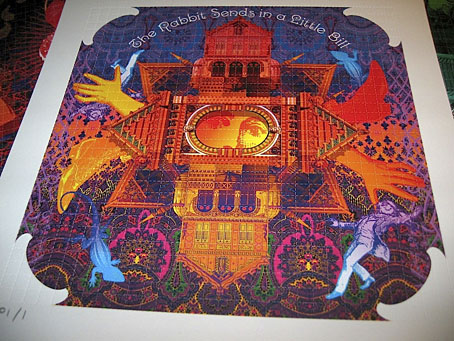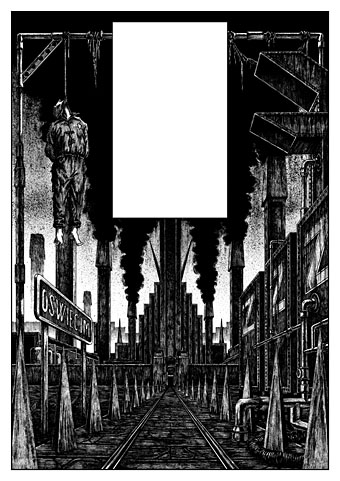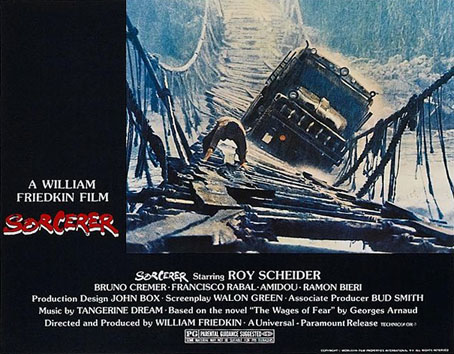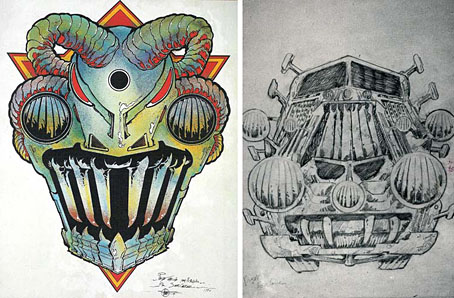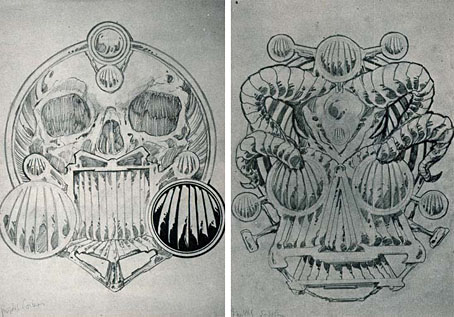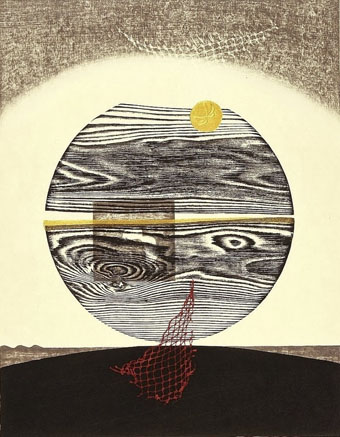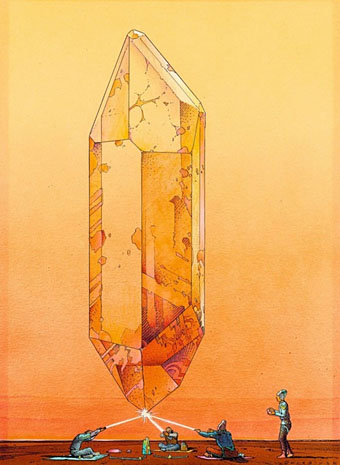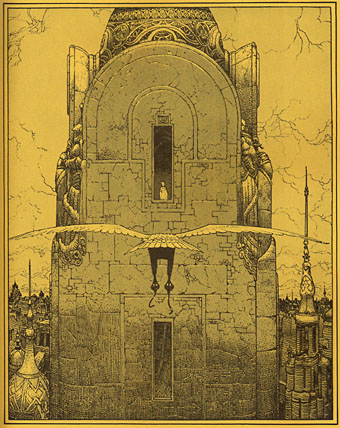
Art by Enki Bilal.
My work is featured in two very different exhibitions over the next few weeks, so different, in fact, that they’re almost at opposite poles to each other.
Hard Core Horror 5 (1990).
The first, Shoah et bande dessinée, takes place at Mémorial de la Shoah, Paris, and opens on 19th January. This is an exhibition of comic-book art dealing with the Holocaust, and will include three of my pages from the death-camp scenes in the final issue of the Lord Horror series, Hard Core Horror (created with David Britton in 1990, and published by Savoy). This is one instance where the term “comic” is particularly inappropriate, unlike the more neutral French designation, bande dessinée. I haven’t yet seen a list of all the other artists being represented but I was very pleased to see a drawing by Enki Bilal being used to promote the event. Bilal was one of several French comic artists whose work I discovered in the pages of Heavy Metal/Metal Hurlant in the 1970s, and it was the example of the artists there that kept me interested enough in the comics medium to attempt something of my own a few years later. The exhibition will run until 30th October, 2017, and will feature a printed catalogue.
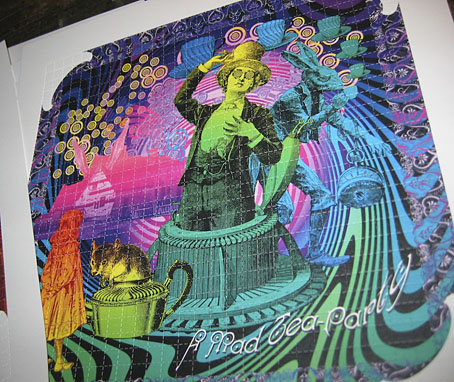
The second event, Alice’s Adventures in the Underground, has already been mentioned here, and takes place at the Horse Hospital, London, at the beginning of February:
“Feed your head…” An evening discourse on all things Wonderland, with John Coulthart, Andy Roberts, Nikki Wyrd and Jake Fior (facilitator).
This event marks the opening of a three day exhibition hosted by the Horse Hospital, featuring John Coulthart’s psychedelia-themed ‘Alice’ artwork, printed for the first time as (drug-free) blotter art. John’s depictions of the twelve chapters of ‘Alice’s Adventures in Wonderland’ view the 1860s through the iridescent lens of the 1960s; Victoriana refracted through a psychedelic prism. Come along for a discussion of the links between psychedelic art and music, and the persistent fascination of Lewis Carroll’s books. There will be talk of many things, not only cabbages and kings, but far more than you can possibly imagine before breakfast. Signed blotter prints will be on sale.
Psychedelic artists – particularly in the 60s – and many other outsider creative types (before and since that influential decade), have drawn their inspiration from the well of imagery found within the ‘Alice’ books. As well as John’s artwork, there will be Alice themed creations by other artists on show. In addition, the Psychedelic Museum will be holding its second pop-up museum display, with particular focus on the 60s counterculture.
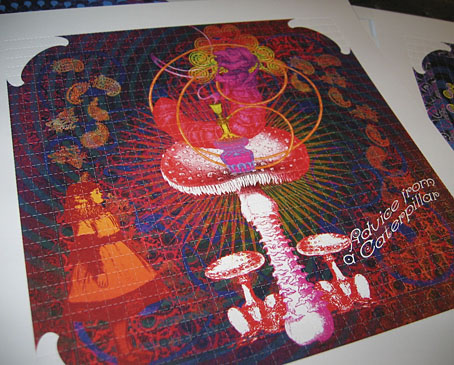
This show came about after an offer from Paul at Blotter Art to produce a series of blotter prints from my psychedelic Alice series. The first set of sheets are shown here, and I’m very pleased with the print quality after having been a little worried that the paper might not reproduce the colour and detail to the best effect. As noted above, signed sheets will be on sale (either as singles or a series of 12) during the event and afterwards via the Blotter Art website. People often ask about signed prints but most of my print sales are through CafePress which doesn’t allow this; so here’s a rare opportunity to get something spoiled by my signature. In addition to my work there should be Alice-themed art by other artists filling out the space. This exhibition will run to 4th February. I’m looking forward to it.
